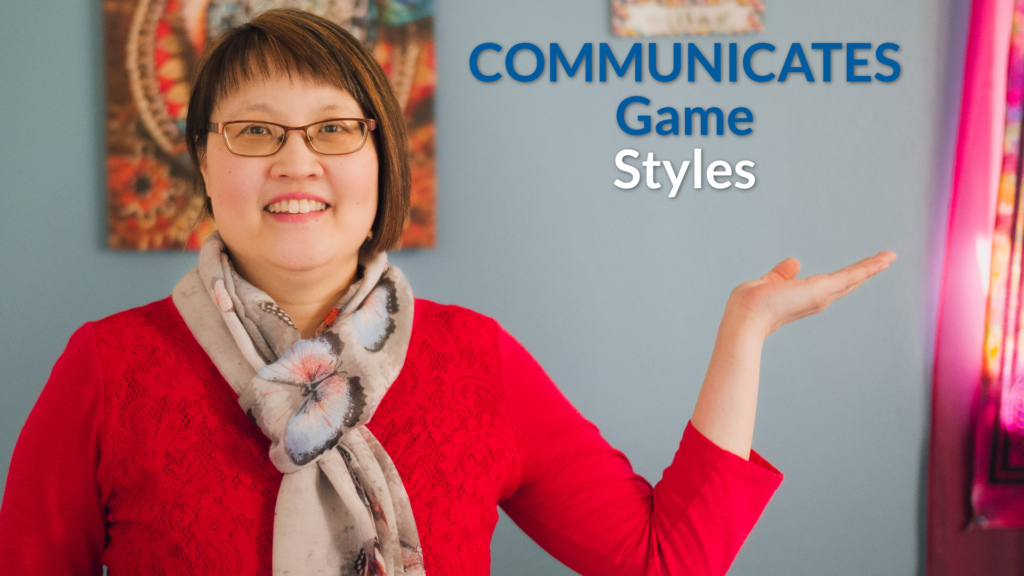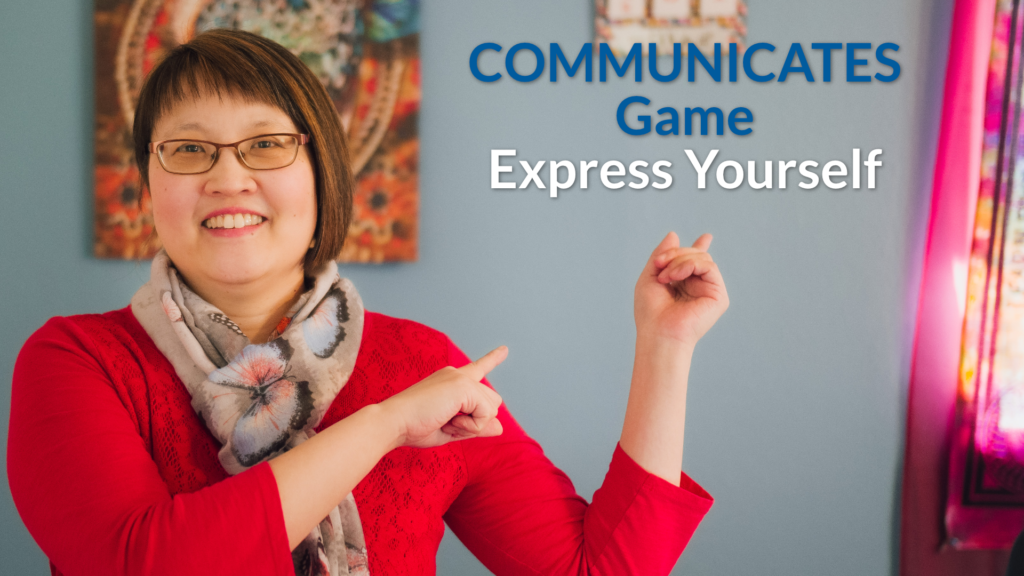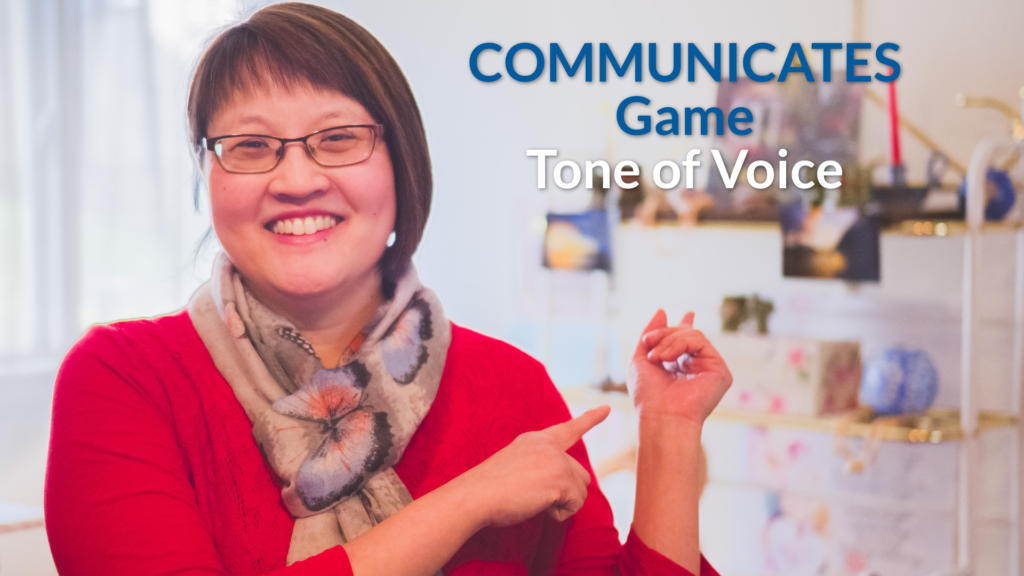GraceSOULutions Interview With MysticMag

I’m so excited to have been interviewed by MysticMag! This interview focused on my methodology, Communication Styles, and a look into the various ways that I can help you create an environment where your thoughts, feelings, and desires can be seen, heard, and understood by your partner. Here is an excerpt from the interview: Grace, […]
Styles | The COMMUNICATES Game

Let’s Play COMMUNICATES (Styles)

Everyone has their own clothing and fashion style. This fashion style makes the person feel good and they are comfortable with it. The same can be said for communication style. Likewise, everyone has their own communication style that they are is comfortable with. And in that vein, there is no right or wrong fashion style, […]
Express Yourself | The COMMUNICATES Game

If you’re an introvert, sensitive, people pleaser, who would love to openly and confidently communicate your thoughts, feelings and desires without the fear of arguments or criticisms, stay tuned for fun and valuable information. Hi, I’m Grace, and welcome to the Communicates Warrior Game video series, or what I like to call COMMUNICATES Game. Now, […]
Let’s Play COMMUNICATES (Express Yourself)

There are many different ways that you can communicate your thoughts, feelings, and desires. One of the ways is through body language and facial expression (which I wrote about in one of my previous blog posts). The majority of the blog articles I have written have had to do with verbal expression in communication. This […]
Tone of Voice | The COMMUNICATES Game

If you’re an introvert, sensitive, people pleaser, who would love to openly and confidently communicate your thoughts, feelings, and desires without the fear of arguments or criticisms: Stay tuned for fun and valuable information. Hi, I’m Grace, and welcome to the COMMUNICATES game video series, or what I like to call the COMMUNICATES game. Now, […]
Let’s Play COMMUNICATES (Tone of Voice)

Do certain noises or sounds make you happy while other noises or sounds can annoy you? What do you feel when you hear an ice cream van? Happy or perhaps nostalgic. What about a siren? Most likely annoyed by the loud sound of a siren. Your tone of voice can be the same way. Some […]
Let’s Play COMMUNICATES (Awareness of Words and Actions)

Sometimes you can become upset, even overwhelmingly so, that you might not be aware of your actions. You might not even be aware of the words that are coming out of your mouth. You know you’re angry and upset, and your expression shows it. How aware are you of what you’re saying and acting during […]
Let’s Play COMMUNICATES (Choose Your Path)

Everyone has a certain path or journey that he or she is traveling on during his or her lifetime. Including you. As you travel on your path during your journey, choices or opportunities will be presented to you. You will look at your opportunities and choices and decide the one that is best for you […]
GraceSOULutions Featured In Influencer Daily

I’m so excited to announce that I was featured in Influencer Daily! Here is a brief excerpt from the article: In a world where effective communication is paramount to successful relationships, Grace CW Liu, an expert Communication Navigator, is empowering sensitive, introverted women to confidently express their thoughts, feelings, and desires. Through her innovative approach […]
